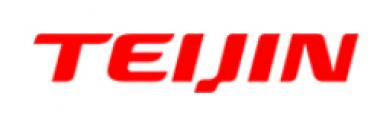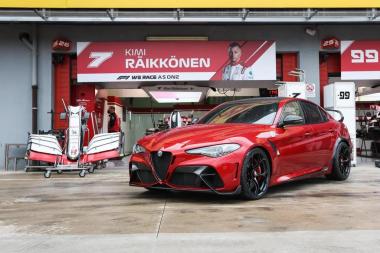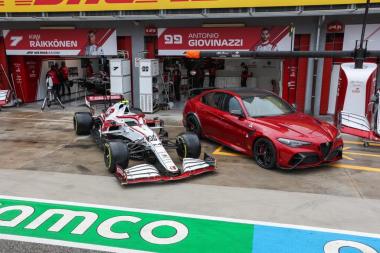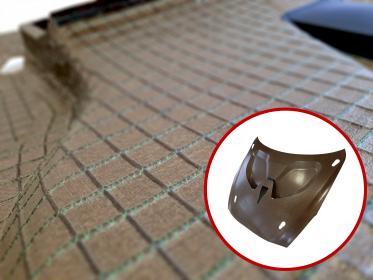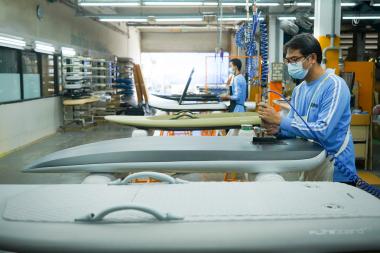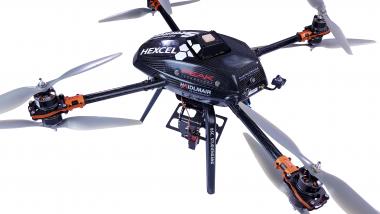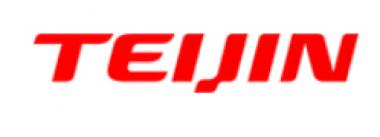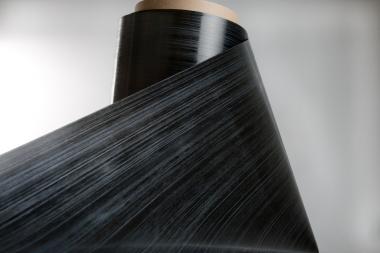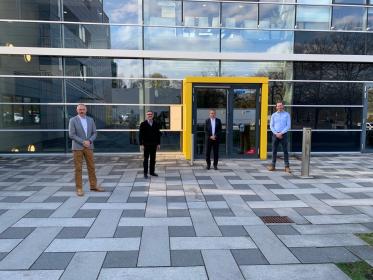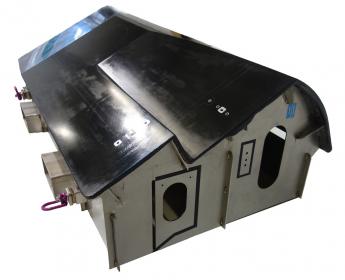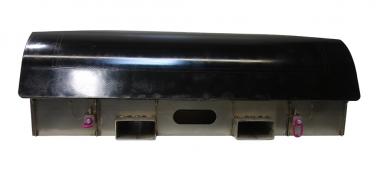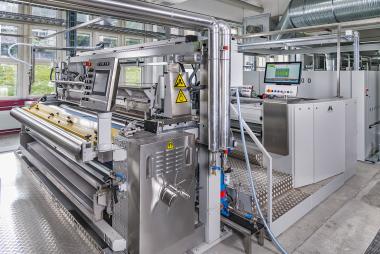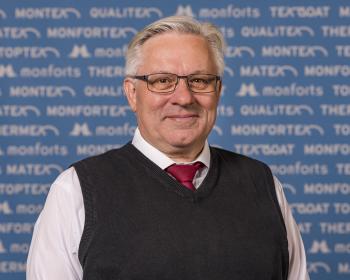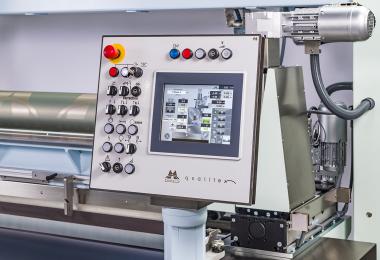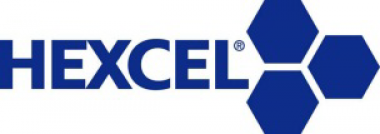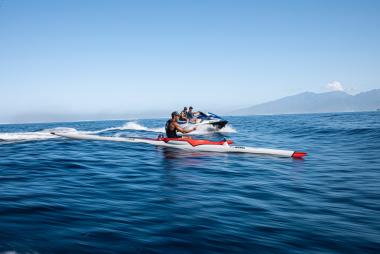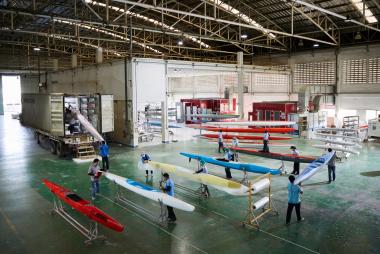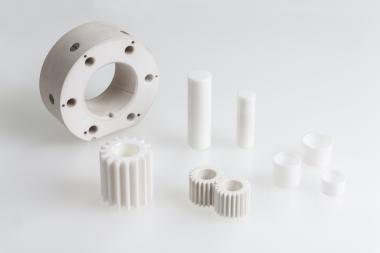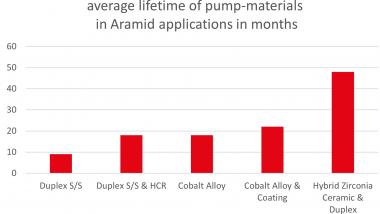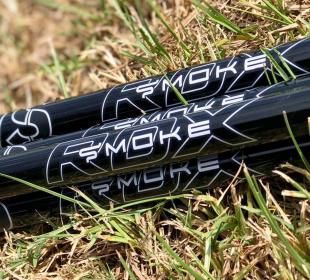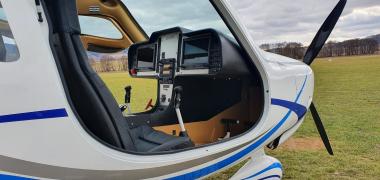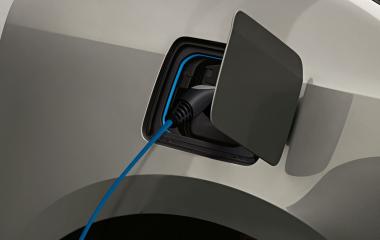Teijin to boost Heat-Resistant Carbon Fiber Prepreg Production
Teijin Limited announced today that its carbon fiber subsidiary Renegade Materials Corporation, a leading U.S.-based supplier of highly heat-resistant thermoset prepregs, resins and adhesives for the aerospace industry, will expand its prepreg production by 2.5 times approximately. The increased capacity, which aligns with Renegade’s capacity expansion strategy at the Miamisburg, Ohio location, is the result of a USD 4 million investment made in December 2019 and the construction was started in March 2020. Operation of the new production lines will commence January 2022.
Renegade Materials' heat-resistant thermoset prepregs, resins and adhesives are well trusted by U.S. and European aircraft manufacturers and aircraft engine suppliers.
Renegade Materials will showcase its high heat-resistant thermoset prepreg at the Composites and Advanced Materials Expo (CAMX), one of the largest, most comprehensive composites and advanced materials event in North America, at the Dallas Convention Center in Dallas, Texas, from October 19 to 21.
Teijin Carbon Europe GmbH


